Sector Training¶
32-ID beamline safety orientation¶
Please refer to the following as a general guideline and use it in conjunction with all the other safety courses you have taken at Argonne!
Safety first¶
Safety mindset is important.
Be attentive and think of others safety as well as of yours at all times.
Stop work authority works both ways.
Common potential hazards¶
X-ray radiation, class 4 laser, high voltage equipment, pressurized gasses, hazardous chemicals, cryogenic liquids and system components, high heat sources, moving mechanical parts, sharp objects.
Beamline overview¶
32-ID beamline has 3 stations, 2 of which, (B and C) are experimental hutches. All 3 hutches (or stations) are shielded with lead all around. All 3 hutches are rated for white beam as well as mono beam. There are removable lead shielding hatches (or labyrinths) available on the top of hutches and some on the side to provide easy access to run lines and cables in and out. Every removable piece of shielding has a designated PINK TAG on it. Those parts labeled with PINK TAGs can only be removed after obtaining a special permit to remove shielding. A beamline cannot operate without all shielding pieces in place. There are 2 safety systems in place at 32-ID:
BLEPS – Beamline Equipment Protection System. It is a PLC based system that monitors and protects beamline equipment.
PSS – Personal Safety System. This system operates doors and interlocks to protect personnel from x-ray radiation exposure.
32-ID A hutch mainly consists of beam defining optics like masks, slits, mono, shutter. There are no experiments inside of the A hutch.
32-ID-B hutch is a first experimental station where we mainly run white beam experiments. It has 2 fully motorized optical tables with multiple degrees of freedom. High speed imaging with white beam and laser-based additive manufacturing imaging experiments happen at the B-hutch.
32-ID-C hutch is mainly dedicated for micro and nano tomography and consists of 2 optical tables and TXM.
Escape routes In case of a fire, call 911 and leave the area through fire doors and proceed to the outside of LOM 438. If you don’t have access to a phone landline, you can use your cell phone to dial 630-252-1911 This will go directly to Argonne Emergency Services.
If you have training on how to use fire extinguishers – dial 911 and follow training steps. If you do not have training on fire extinguishers- call 911 and leave through safe passage to the outside of LOM 438.
We have 2 fire extinguishers at 32-ID. One near station C, one near entrance to B-control room.
Electrical safety¶
All the electrical equipment used in the experiment has to be listed in the ESAF!
Any equipment you bring on site has to be inspected by a Designated Electrical Inspector.
If it has not been inspected- you cannot use it on the beamline.
Any voltage over 50 V is considered hazardous!
Users are not allowed to do any electrical work. No working hot allowed. Do NOT daisy-chain extension cords. Make sure your power cords to your equipment have proper voltage and power ratings.
DO NOT modify, unplug or reconfigure any beamline equipment without consulting with beamline staff first!
DO NOT use hoists/cranes on the beamline unless you are trained and certified to do so, and after talking to a beamline staff.
Do not overload power circuits, know power rating of the equipment you are working with.
We have 3 types of outlets available to users, white, brown and orange.
White- filtered clean power (generally used for sensitive electronics).
Brown-dirty power (for rough equipment like pumps and compressors).
Orange-emergency power source.
Users are not allowed to reset circuit breakers. If you happen to trip a breaker, let the staff know and be ready to explain what you did that lead to tripping the breaker. DO NOT reset it yourself!
High Pressure hazards¶
We have several gas bottles with pressurized gases available for your use. The most commonly used gases are Helium, Nitrogen and Argon. If your experiment requires a use of gas, make sure it is listed in your ESAF.
Chemical safety¶
Every chemical used in the experiment has to be listed in the ESAF.
All chemicals should have MSDS.
A hood is available for use in the wet lab (438 C 030) for handling volatile chemicals and powders.
Please wear proper PPE while handling chemicals. We have nitrile gloves of many sizes available as well as safety goggles. Use lab coats when handling acidic substances. Eye wash and an emergency shower are also available in the wet lab case you need it. Use of a wet lab should also be reflected in the ESAF.
We recommend using gloves when handling glues and adhesives at the beamline. If you mix epoxy-don’t leave it unattended, cover excess of components to reduce outgassing. Solidified epoxy can be disposed of as regular landfill waste.
If you generate any chemical waste – make sure you document and label it properly. A Chemical Waste accumulation area (WAA) is located under the hood in the wet lab. The waste forms are also available at the WAA as well as online. Please notify beamline staff if you are anticipating generating chemical waste.
If you need to use a respirator to handle your samples – please make sure you have a medical certification to wear one! It could be obtained at ANL Medical or at your own institution prior to coming to ANL.
Disposal of SHARPS¶
It is common on our beamline to use pins, needles and razor blades.
Please make sure you dispose of sharp objects into an appropriate YELLOW SHARPS container.
Cover your sharp samples that are mounted on pins to prevent accidental exposure.
Keep your food away from your samples.
Do not hesitate to ask any questions. The beamline staff is always willing to help you out.
If you have any doubts on how to use any equipment on our beamline – DO NOT GUESS, DO NOT TRY TO FIGURE OUT beamline operation on your own. Get training, ask questions and make sure you know what you are doing!
32-ID Photos¶
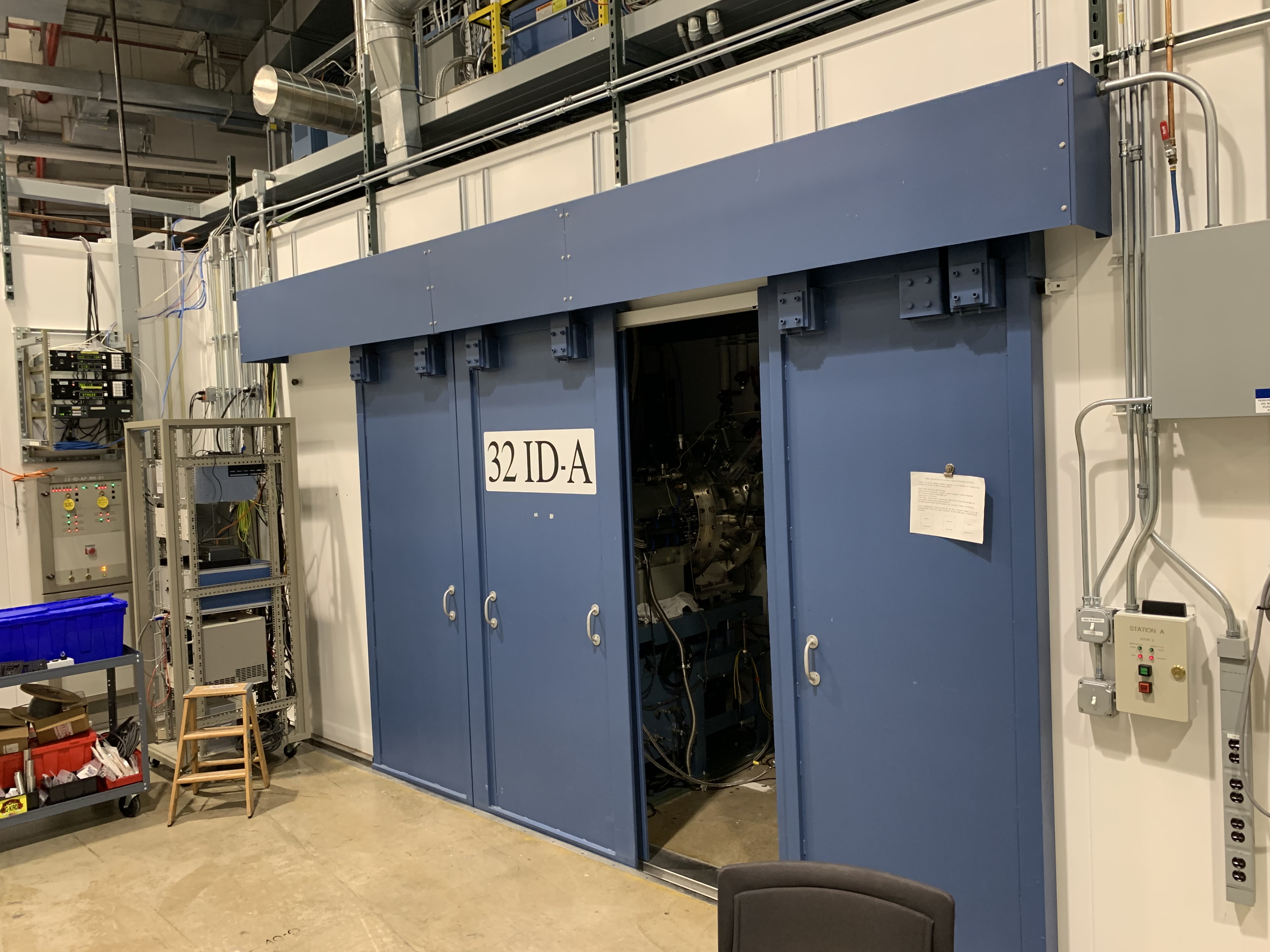
32-ID-A door¶

32-ID-C door¶

32-ID-B door¶
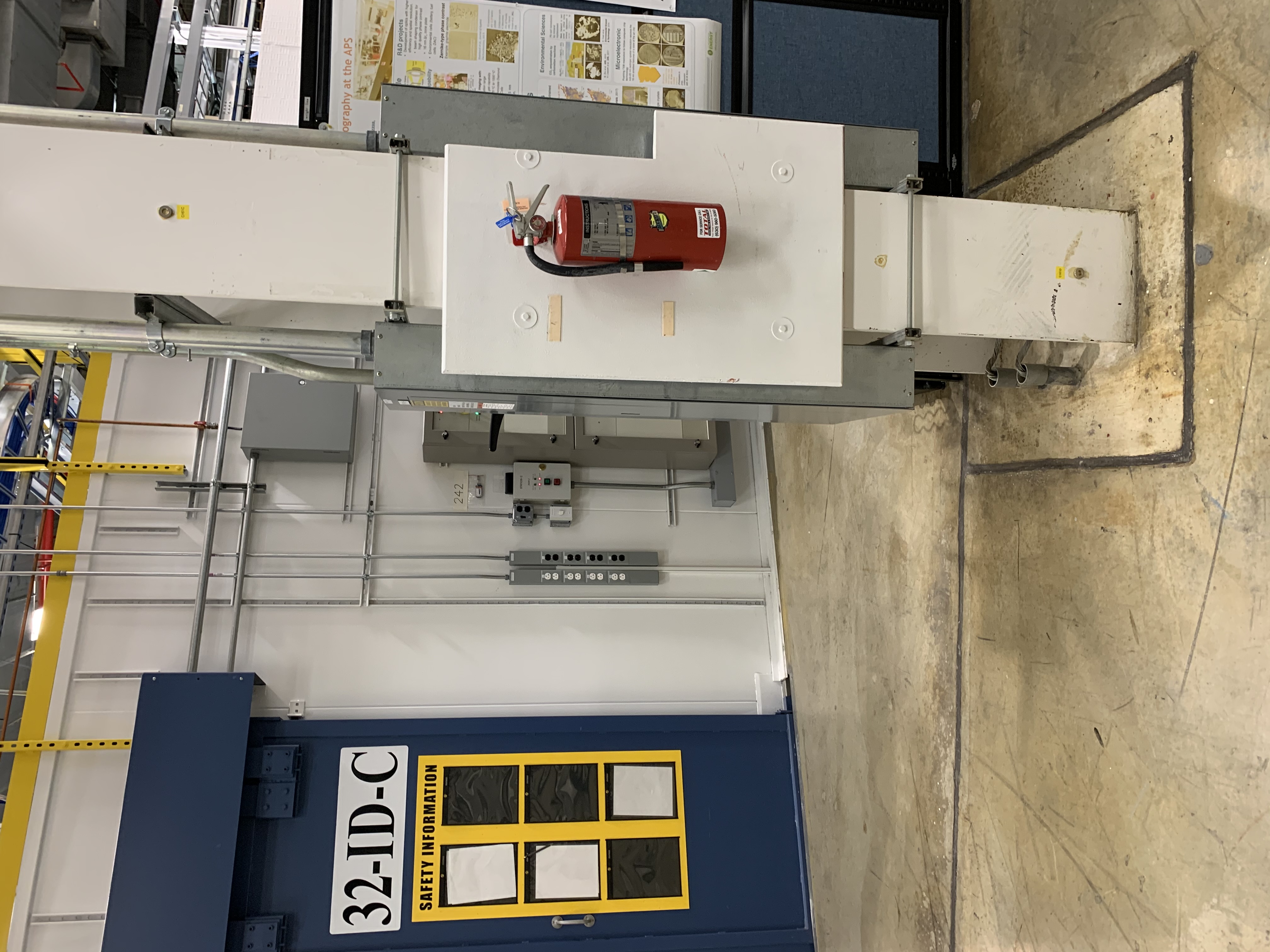
Fire extinguisher 32-ID-C¶

Fire extinguisher 32-ID-C closeup¶
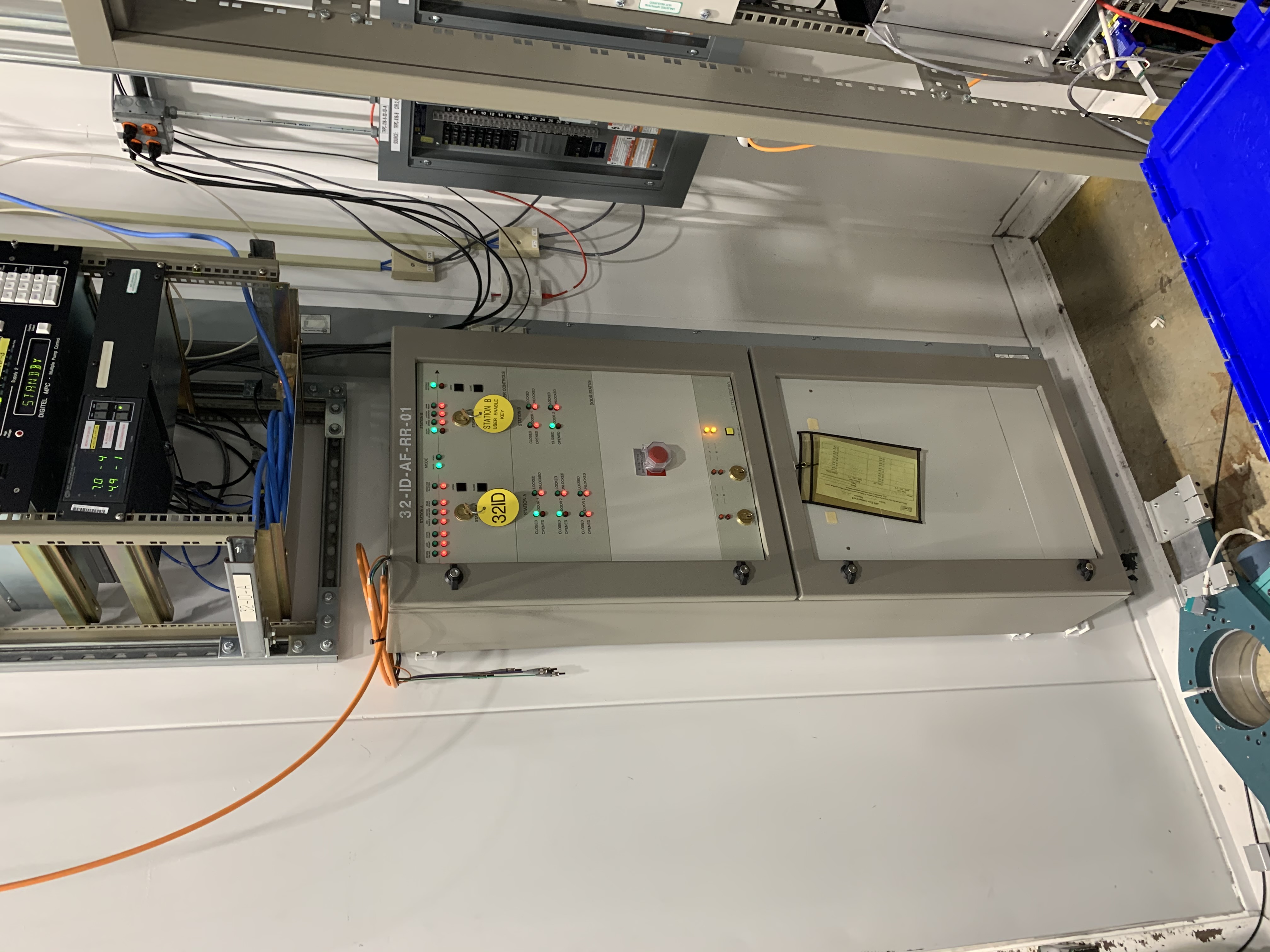
PSS panel upstream of 32-ID-B¶
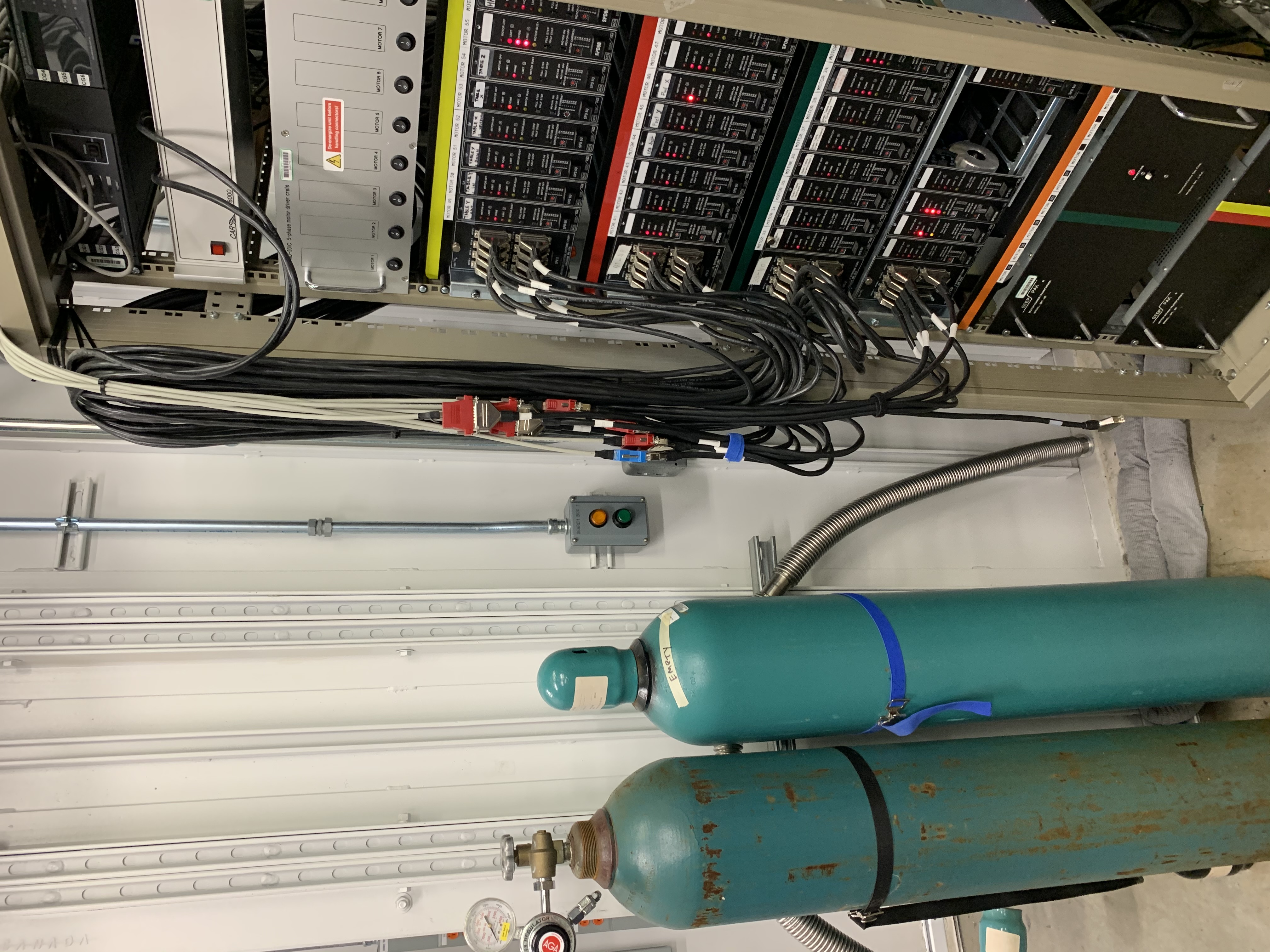
Search button 1 at 32-ID-B¶
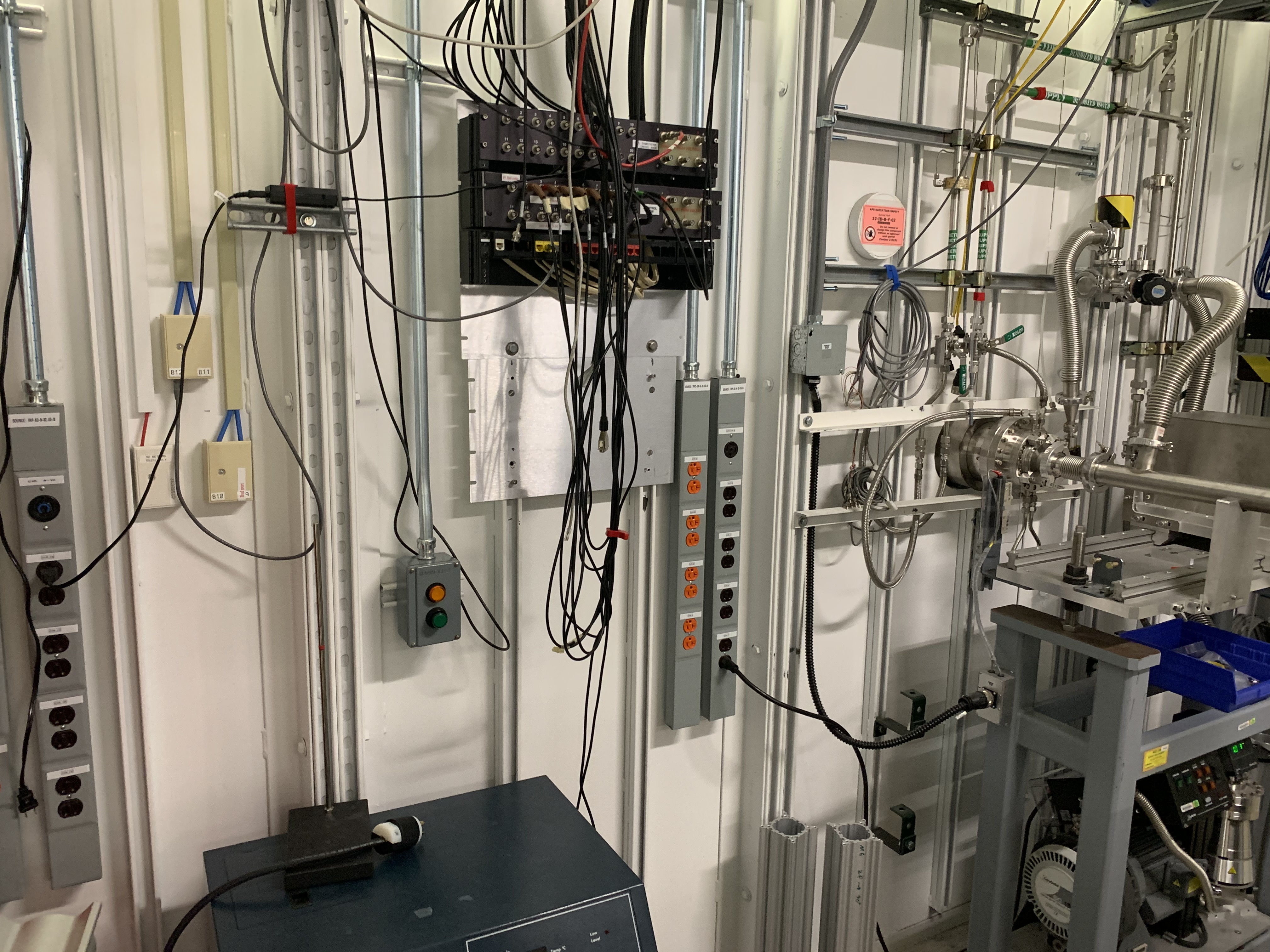
Search button 2 at 32-ID-B¶

Search button 1 at 32-ID-C¶
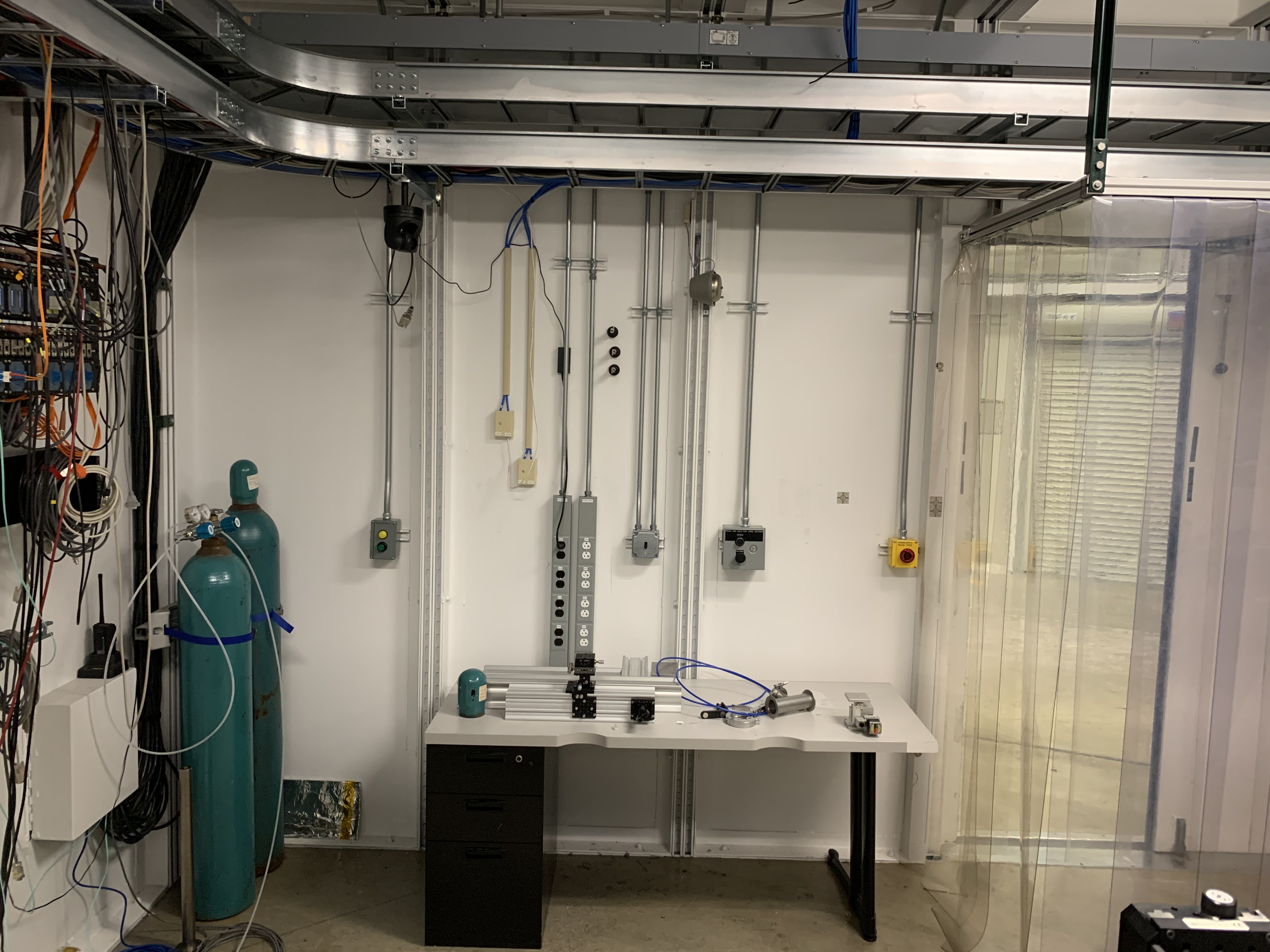
Search button 2 at 32-ID-C¶
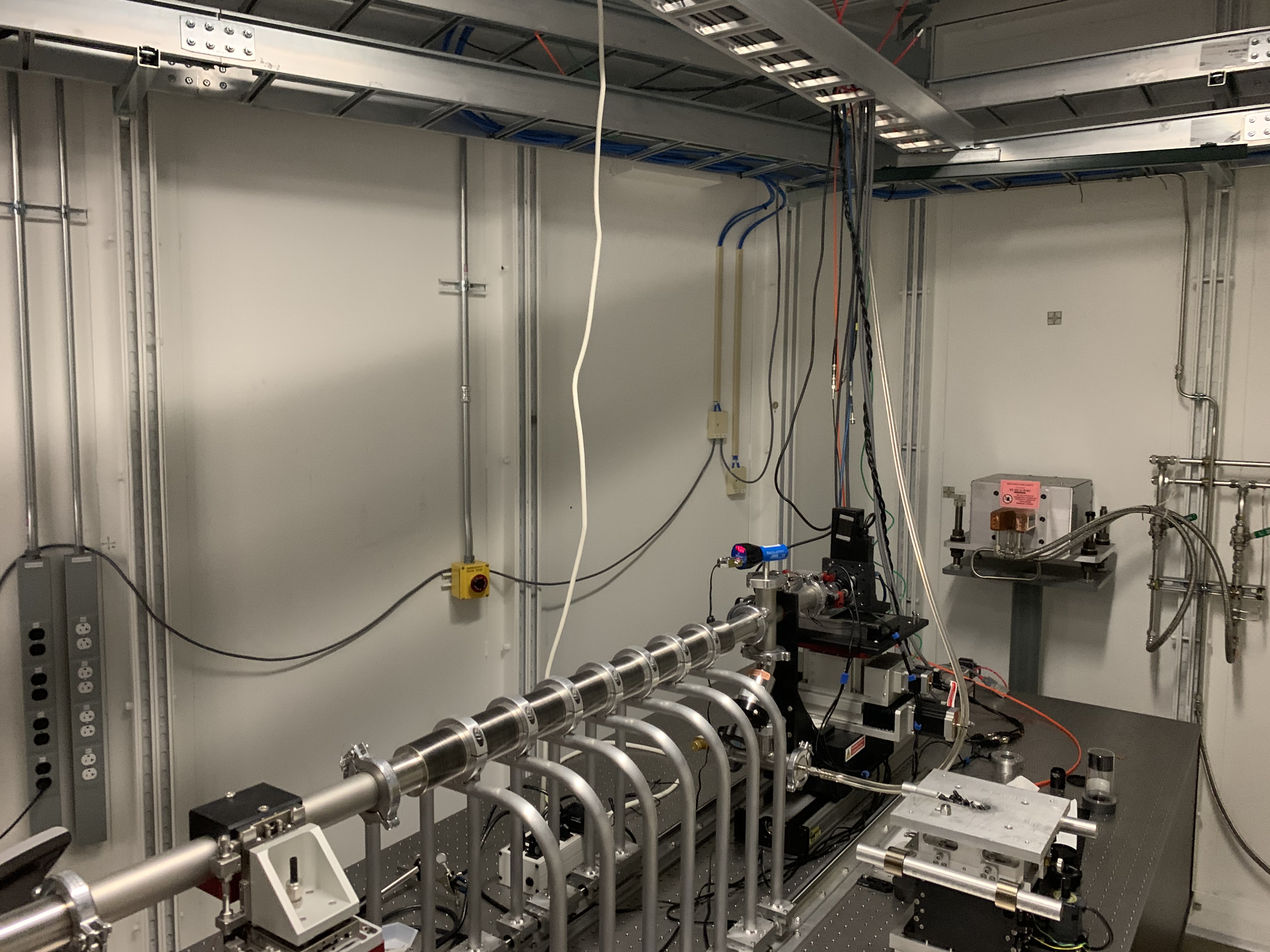
Second beam stop button 32-ID-C¶